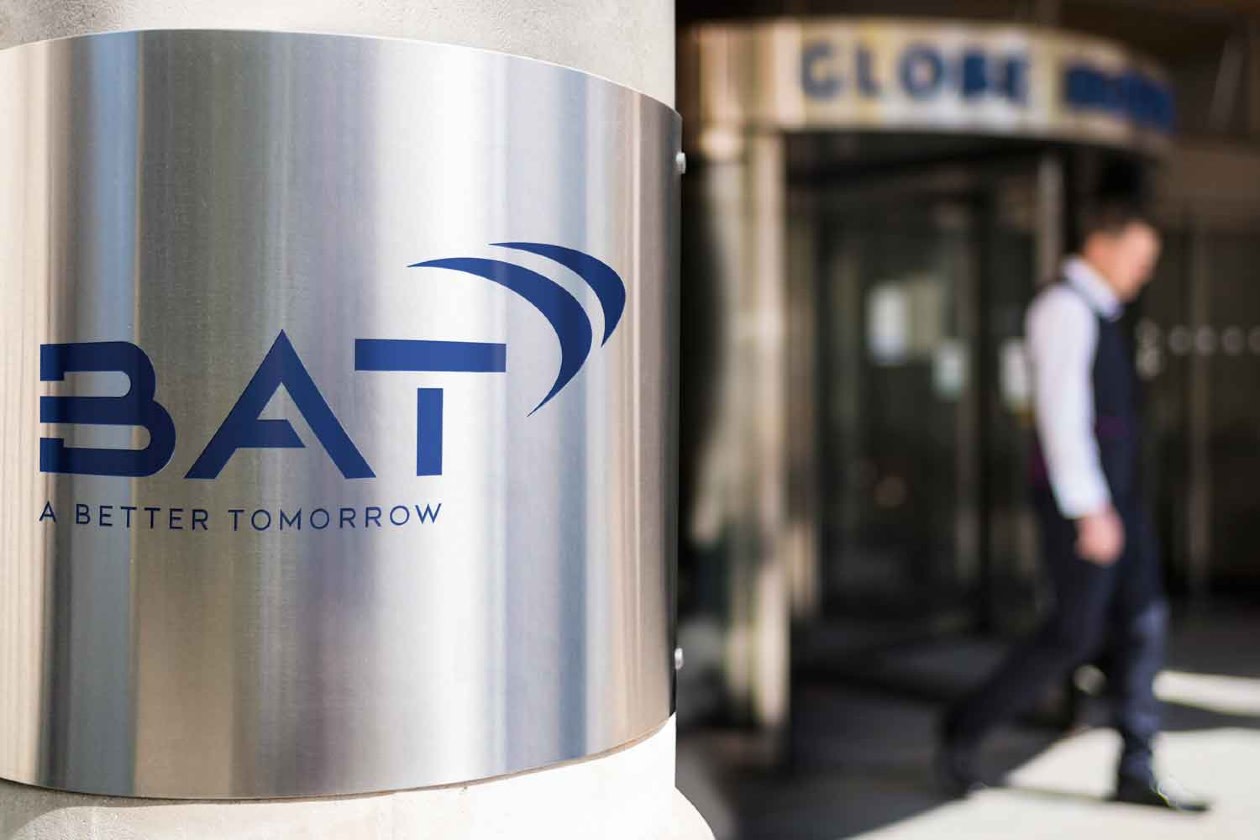British American Tobacco’s (BATS) half-year revenue increased by 1.8% at constant currency to £12.1bn. Growth in the US, and AME (Americas and Europe) more than offset weakness elsewhere.
Growth from New Categories slowed to 2.4%, with vapes declining 13% in the face of illegal competition.
Underlying operating profit improved by 1.9% to £5.1bn, not including a £0.6bn charge for legal settlements in Canada.
Free cash flow fell 42% to £1.2bn, due to the timing of US tax payments, and payments for an ongoing court case with the UK tax authorities. Underlying net debt was down 10% to £29.7bn.
The group’s on track to meet full-year guidance with revenue growth expected the top end of the 1-2% range. BATS intends to increase this year’s dividend and complete the previously announced £1.1bn share buyback.
The shares were up 1% in early trading.
Our view
British American Tobacco’s strategic actions have helped growth return in the all-important US market, helped by market share gains for traditional smoking products. That’s supported a slight improvement in the outlook for 2025. But revenue growth is lagging mid-term revenue growth targets of 3-5% and getting there will have its challenges. Tobacco volumes continue to decline, and there are ongoing risks of stricter regulations on smoking in other regions.
The group was early to recognise changes in consumer behaviour and is increasingly pinning its hopes for the future on its portfolio of 'smokeless' products, namely vapes, heated tobacco and oral pouches. We're impressed by the progress made so far. The so called ‘New Categories’ are finally contributing to the bottom line, albeit in a small way.
The group’s seen some strong momentum in the modern oral category, but competition from illegal single-use vapes in North America is proving to be a drag. We share management’s cautious optimism for improved enforcement, and there is some scope for upside if action by the authorities gains traction this year.
There’s is some evidence to suggest that these products pose a reduced health risk compared to cigarettes, but they are coming under increasing scrutiny with some products already banned in the US. While the Trump administration could see the products in a more favourable light, this still remains a risk particularly in other territories.
It's too early to call how the long-term profitability of these products will compare to traditional products. This could undermine BATS' attractive operating margins which have remained over 40% despite market challenges and higher inflation rates seen in recent years.
Consistently high cash flows do mean that the company is well placed to make the investments necessary to keep pivoting away from cigarettes. That also supports a dividend yield of around 6%. The group also remains committed to ‘sustainable’ share buybacks.
But with net debt levels towards the upper end of the 2-2.5x underlying cash profit (EBITDA) target range and £5.7bn set aside for legal settlements in Canada, there may be limited scope to increase shareholder pay-outs in the immediate future. There can never be any guarantees.
The improving outlook for BATS over the course of this year has been reflected in an uplift to investor sentiment. The group’s hopeful it can return to higher growth rates over the next few years, but there’s plenty of execution risk ahead. The valuation’s now above the long-term average increasing the downside risk if expectations aren’t met.
Environmental, social and governance (ESG) risk
The food and beverage industry tends to be medium-risk in terms of ESG though some segments like agriculture, tobacco and spirits fall into the high-risk category. Product governance is a key risk industry wide especially in areas with strict quality and safety requirements. Labour relations and supply chain management are also industry wide risks, with other issues varying by sub-sector.
According to Sustainalytics, BATS' overall management of ESG issues is strong. But we do have some concerns. Recent controversies include accusations of using corporate social responsibility activities to influence government officials and bypass tobacco policies. With tobacco being on the exclusion list of certain institutional investors, product impact is key and the company's commitment to public health.
British American Tobacco key facts
All ratios are sourced from LSEG Datastream, based on previous day’s closing values. Please remember yields are variable and not a reliable indicator of future income. Keep in mind key figures shouldn’t be looked at on their own – it’s important to understand the big picture.
This article is not advice or a recommendation to buy, sell or hold any investment.No view is given on the present or future value or price of any investment, and investors should form their own view on any proposed investment.This article has not been prepared in accordance with legal requirements designed to promote the independence of investment research and is considered a marketing communication.Non - independent research is not subject to FCA rules prohibiting dealing ahead of research, however HL has put controls in place(including dealing restrictions, physical and information barriers) to manage potential conflicts of interest presented by such dealing.Please see our full non - independent research disclosure for more information.


